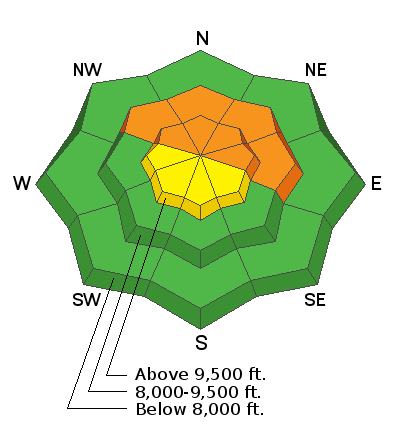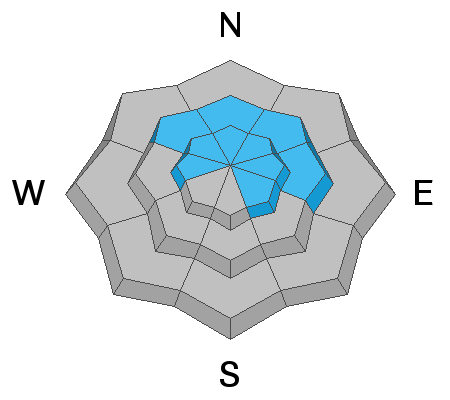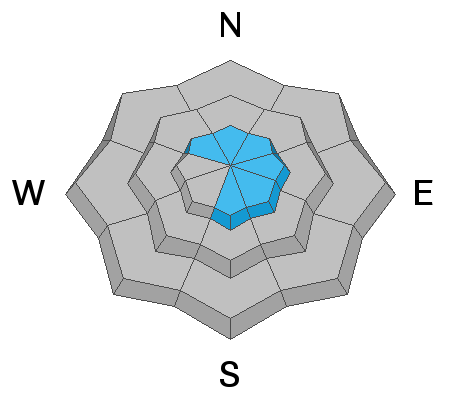Forecast for the Provo Area Mountains

Issued by Mark Staples on
Thursday morning, December 6, 2018
Thursday morning, December 6, 2018
Today the avalanche danger remains CONSIDERABLE at mid and upper elevation northwest through east facing slopes where slab avalanches can break 2-4 feet deep at the ground on a persistent weak layer. A MODERATE danger exist on all other upper elevation slopes because some have this persistent weak layer and some have wind drifted snow. All other slopes have a LOW danger because they lack these avalanche problems.

Low
Moderate
Considerable
High
Extreme
Learn how to read the forecast here








